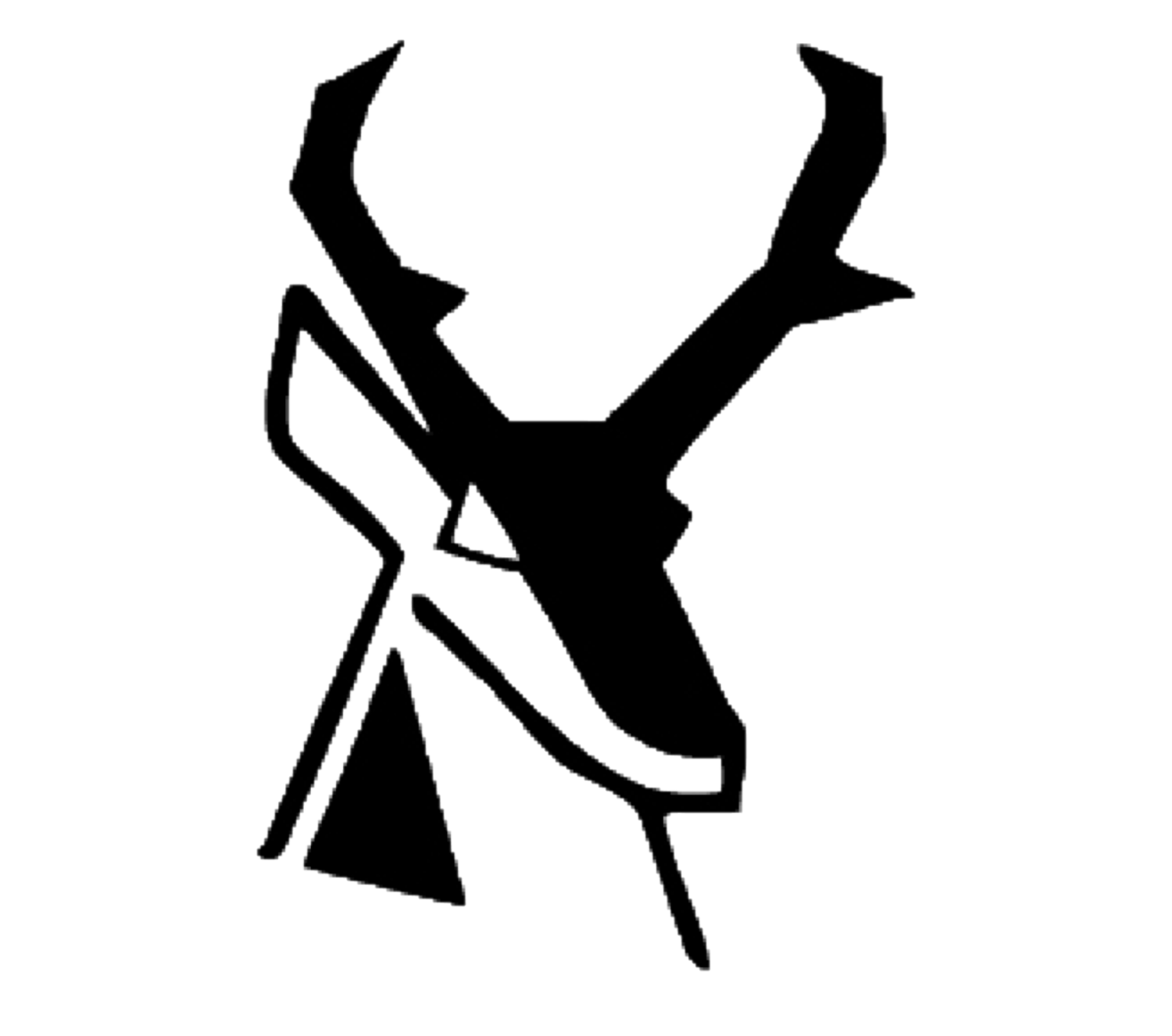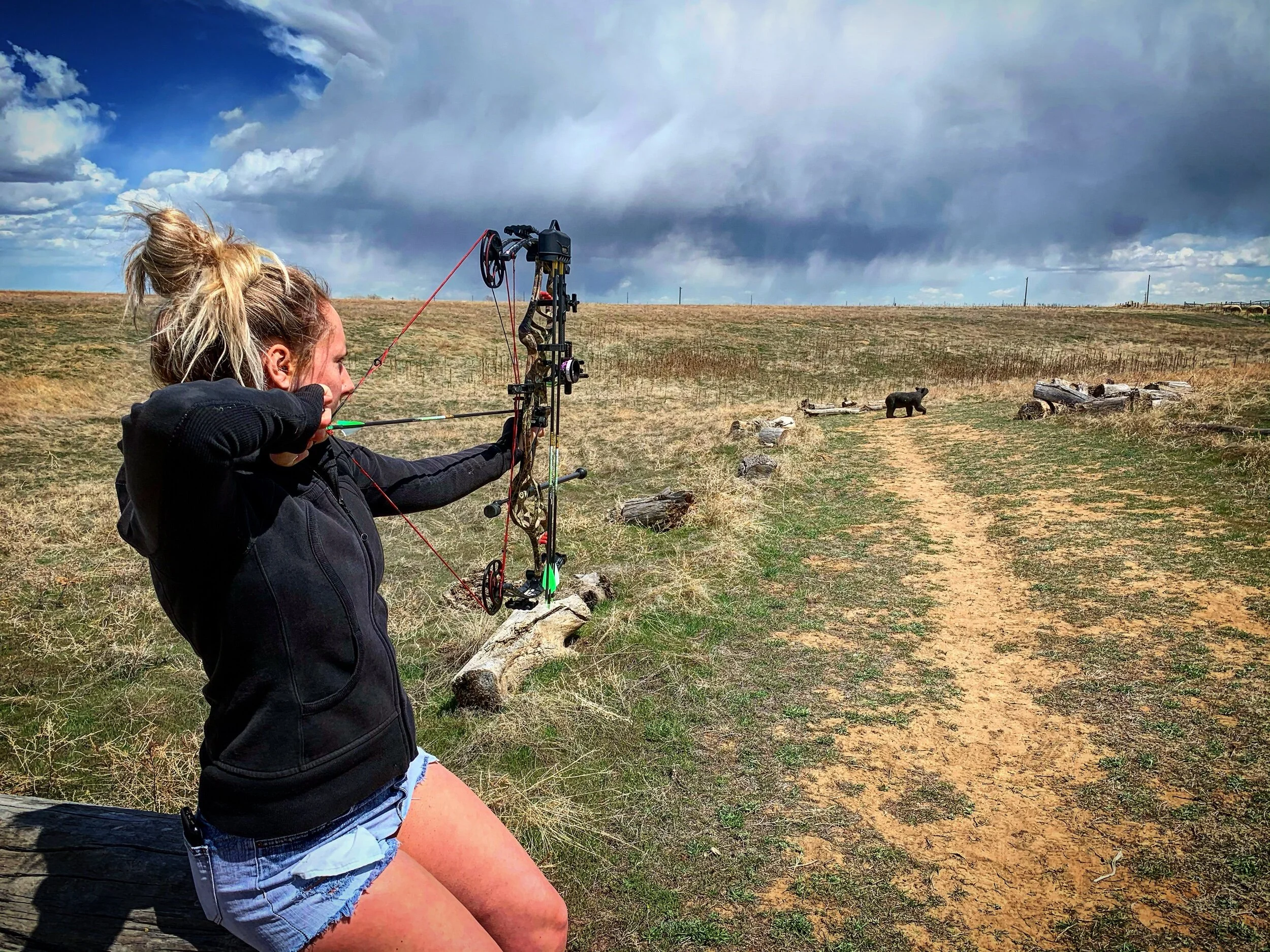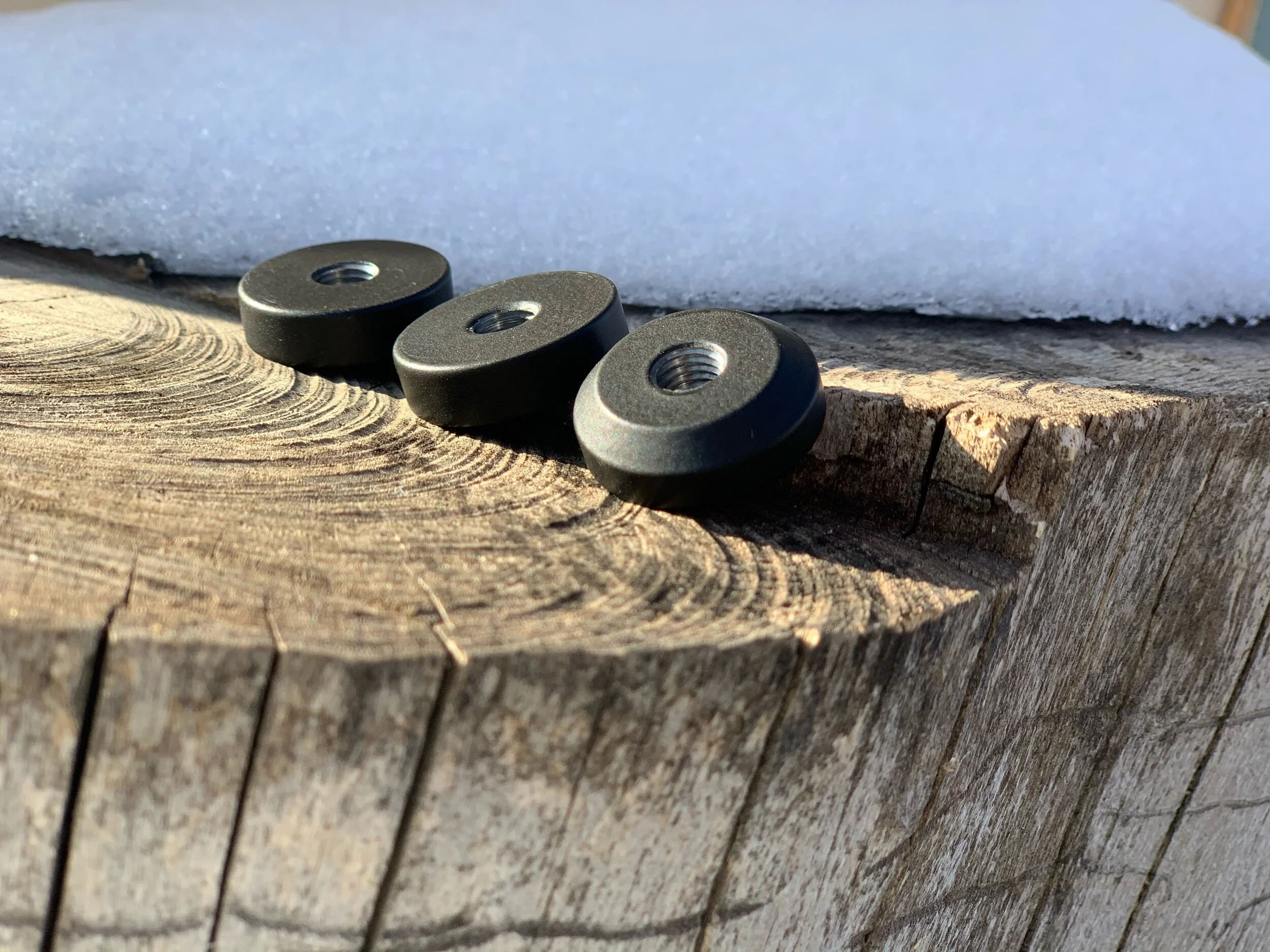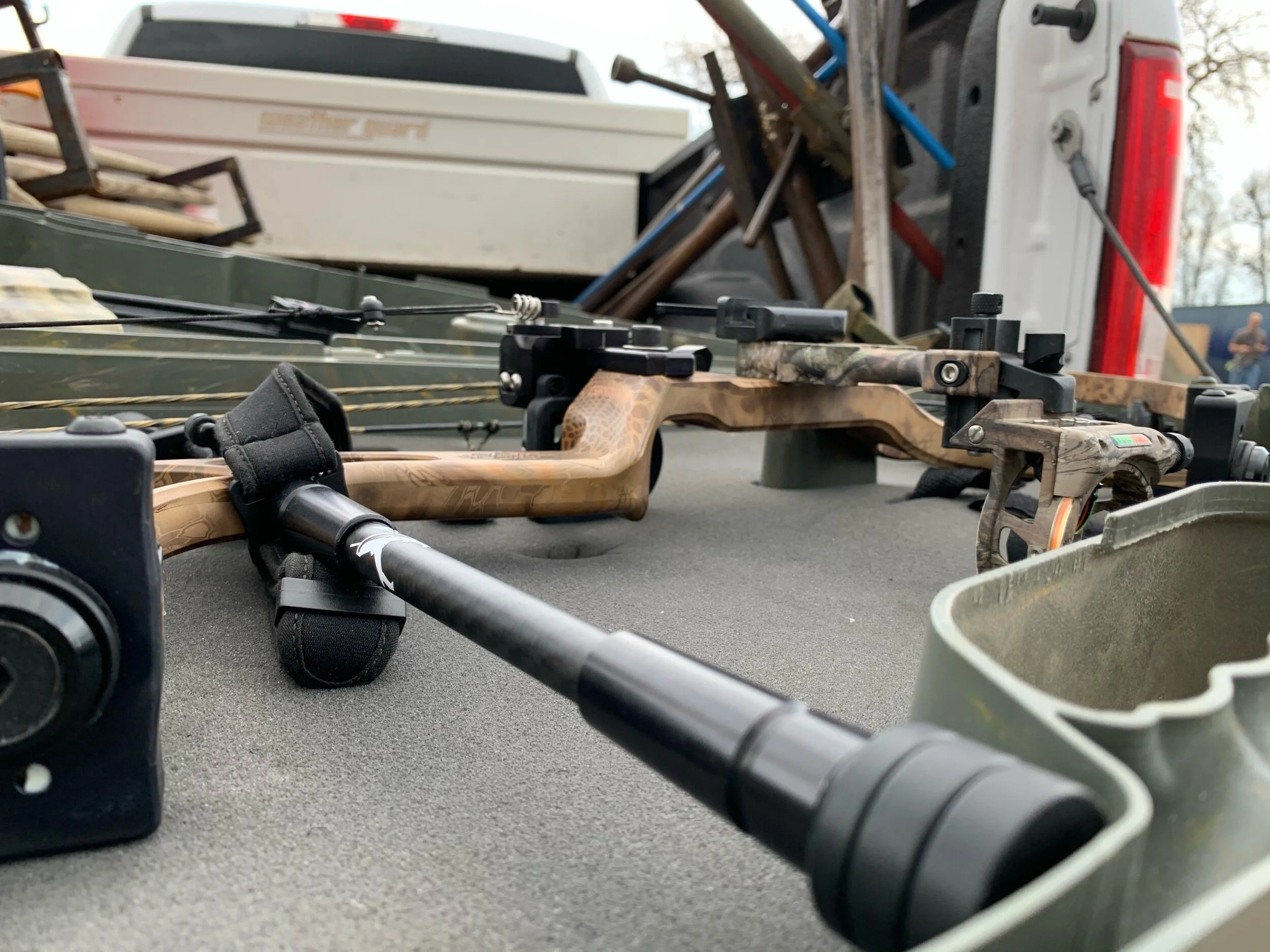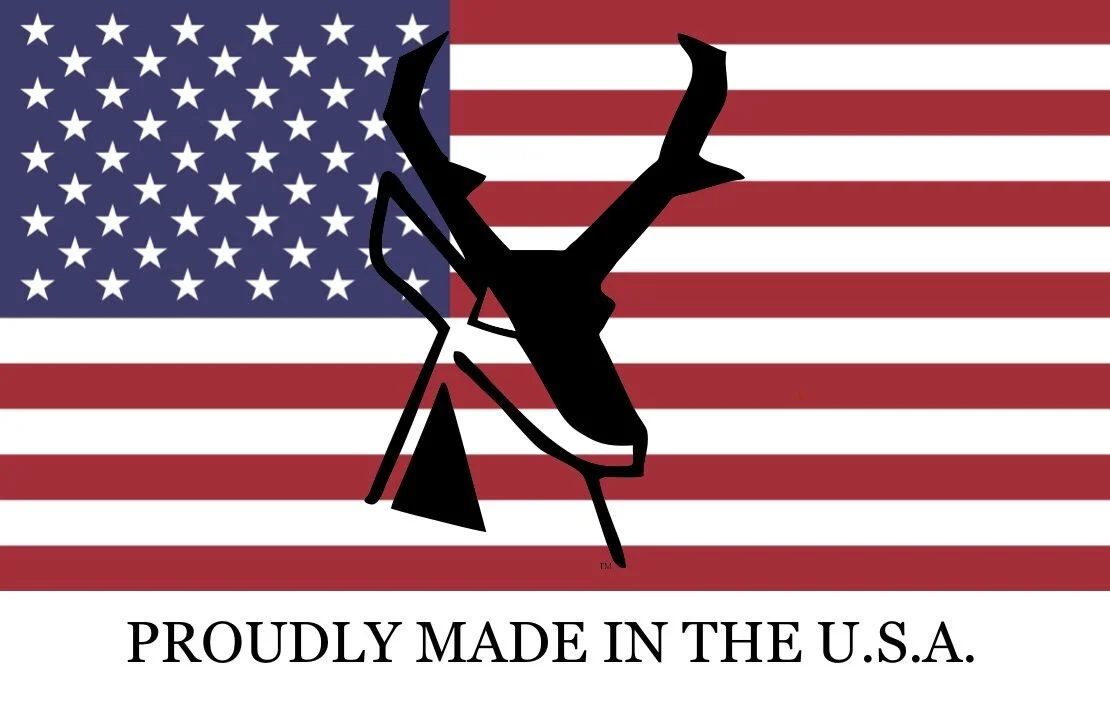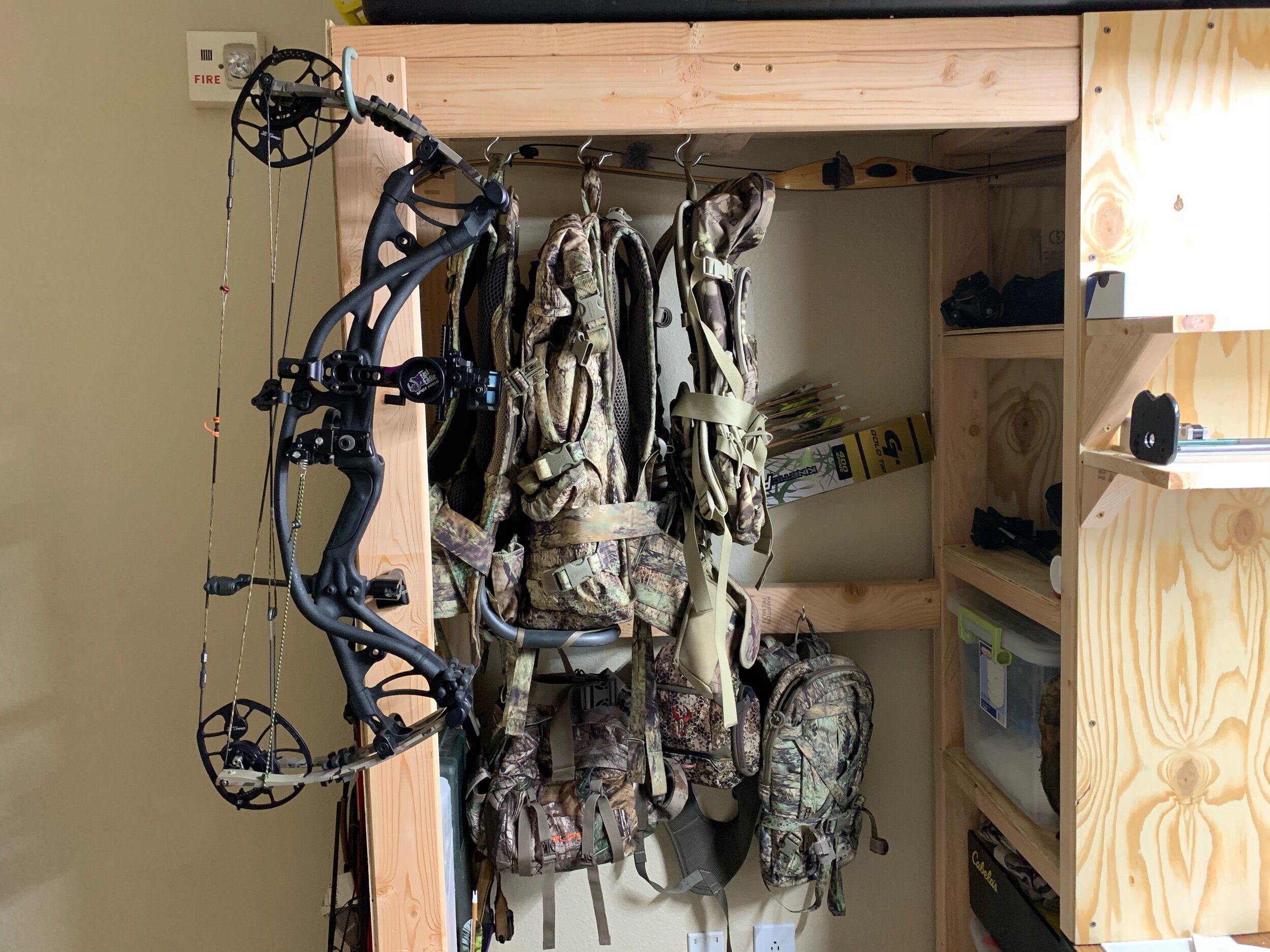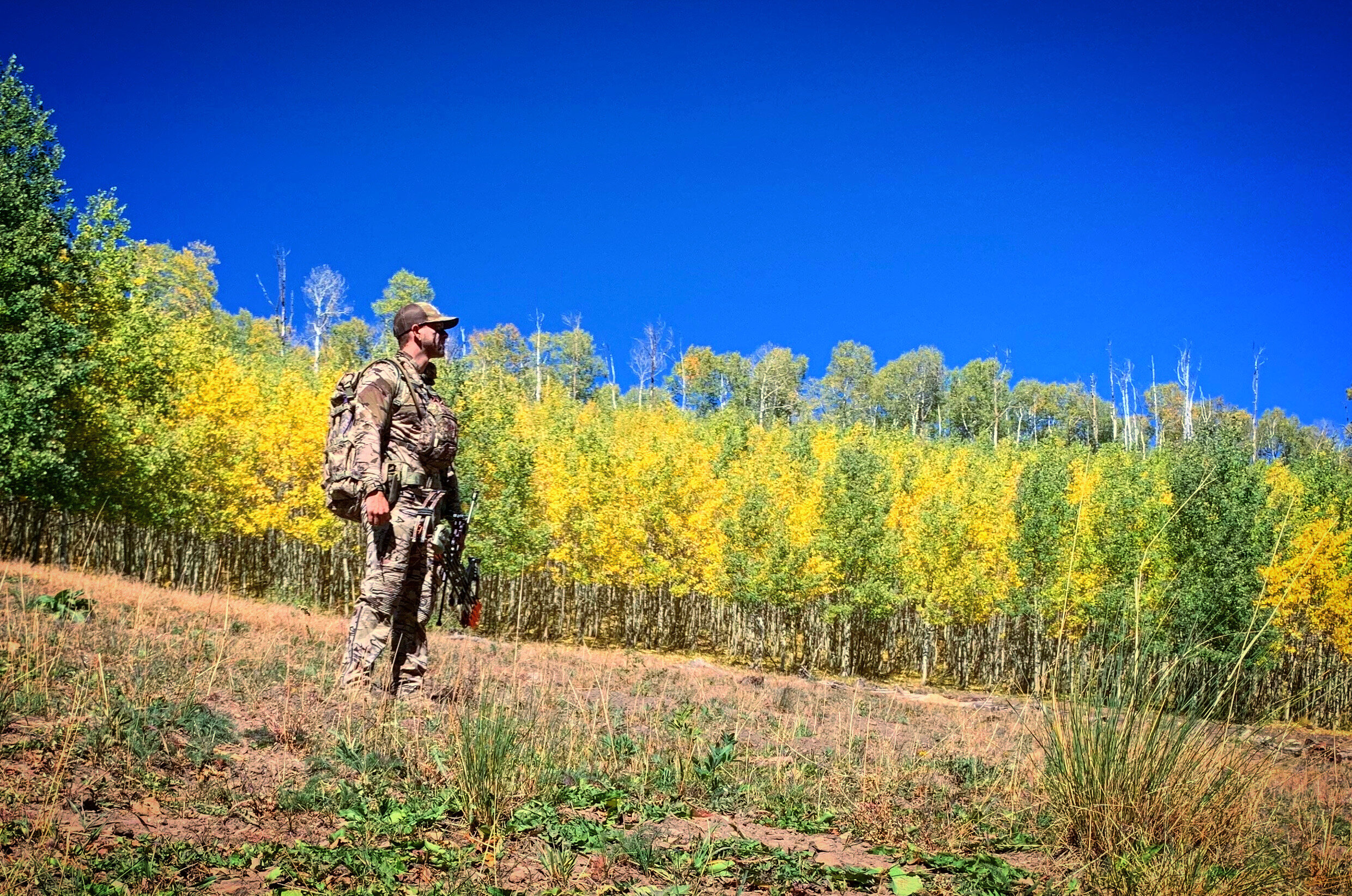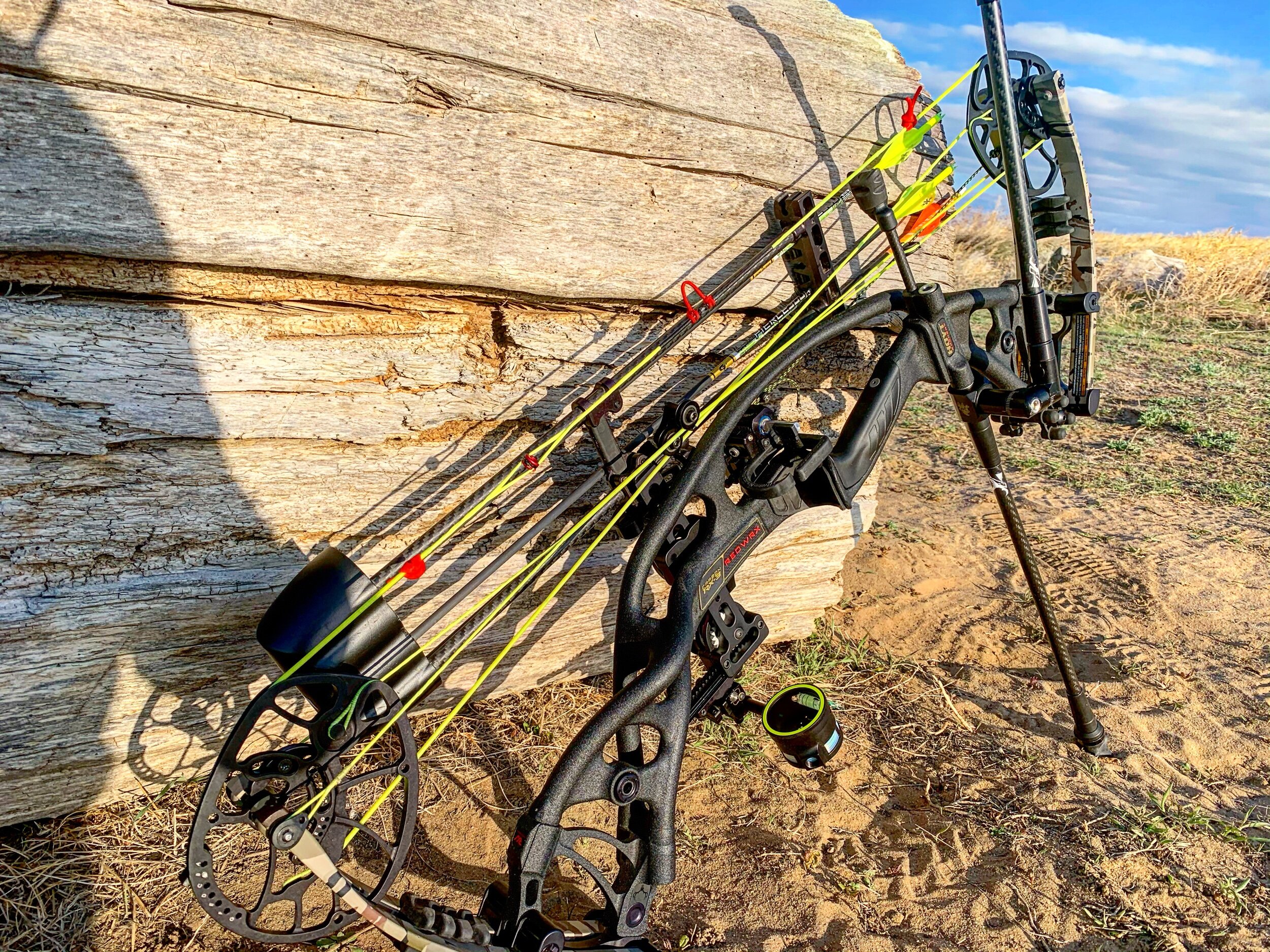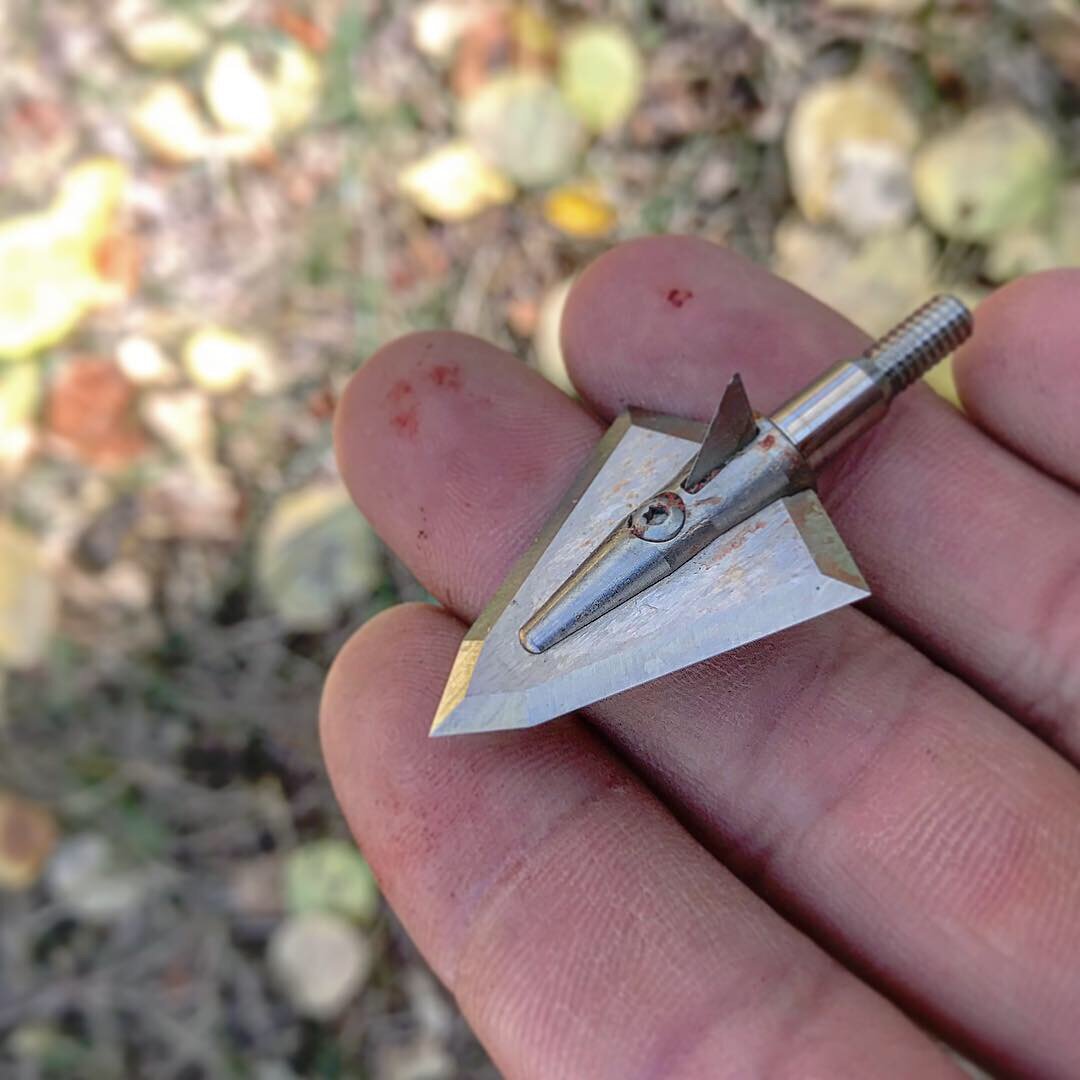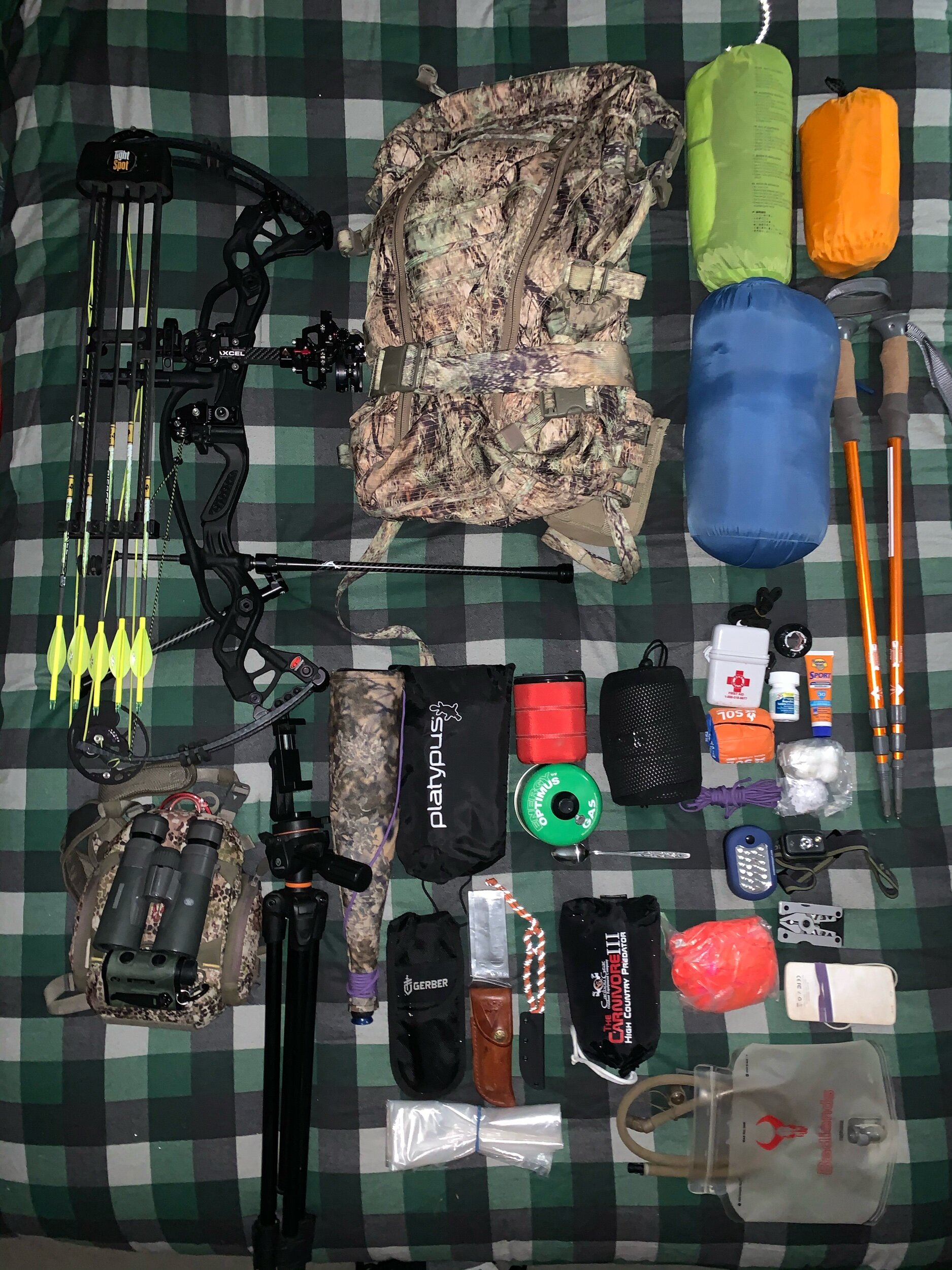In today’s archery market, the options for gear are profound and overwhelming. Single pin, multi pin, cable driven, limb driven, hybrid cam, dual cam, fixed blade, mechanical, realtree, optifade, barren, there are dozens of decisions to be made. One piece of gear that is often overlooked is stabilizers. In this article, we will cover the advantages of a micro diameter bow stabilizer, and more specifically, the advantages of the ones we offer here at Cutter Stabilizers.
When highlighting any product, it can be difficult to not come off as “sales pitch-y”, but the intention of this writing is to simply educate the reader on the benefits of the system we have created. As stated earlier, the number of options is overwhelming. Having used and tested many of the available stabilizers both on the range and in the woods, we have established a baseline of information. It is here that we began development.
In order to get to where we are now, we need to go back almost three years, to the beginning. I left my retail job at Sportsmans Warehouse to pursue a new endeavor in a field I had zero experience in, automation, more specifically, manufacturing parts in a machine shop. The new career brought challenges, and an entirely different skill set, but something was missing, the passion. I needed to find a way to tie the two together, so utilizing a piece of carbon I had sitting around at the house from a previous project, I machined a few aluminum caps and made my first stabilizer. It was clunky, heavy, and 7/8” in diameter, but it worked! Very similar to other bars on the market, it worked, but had one huge downfall. Once a cross wind came into play, I found myself struggling to hold on target. After talking to a few different really good archers, and thinking about my arrow choice (a micro diameter shaft), it was time to see if it was possible to build something strong enough for hunting, yet sleek and aerodynamic to increase performance in the wind. Trial, failure, trial, failure, until the V1 was born. An ultralight, strong 1/2” diameter stabilizer, I knew I was onto something here. One windy day on the 3D course confirmed it, my pin float was small, and the wind had a noticeably smaller effect on my bow. We were in business.
There were a few key features I knew needed to be there in order to make this product effective: strength, weight, and vibration dampening ability. First thing to do was to get these bars in the hands of some of the most hardcore bow hunters I knew, if they passed the test of being in the field 50-100 days a year, they would be strong enough. The size and materials they were constructed of ensured the weight would be lighter than anything else. In order to keep the profile small, I knew the vibration dampening material needed to be housed inside the carbon tube, otherwise what was the point? Plenty of stabilizers have rubber dampeners on the exterior, but that takes a 3/4” bar and makes it 1.5” in diameter, not good. The material itself is an extremely soft silicone rubber hybrid that disperses high and low frequency vibration, often used to isolate sensitive electronic components in medical devices. The goal was to take the idea and features of a great stabilizer and add the benefit of better performance in windy conditions. It would still do it’s job of decreasing pin float and felt hand shock, PLUS still be effective in harsh and unforgiving conditions often found in western hunting scenarios.
The foundation of our stabilizers is certainly the .497 OD carbon fiber tube. Thick walls and stiff construction, paired with an aesthetically pleasing weave come together to create an excellent platform to build on. 6061 aluminum is lightweight, and extremely strong when utilized properly. That part took a couple attempts, after hearing feedback from my “field team”, the necessary corrections were made to eliminate any chance of failure. These guys and gals were pushing themselves and their equipment to the absolute limit, I even heard a story of packing a bear up a mountain using their bow (stabilizer) as a walking stick! Talk about a tall hurdle to overcome, but we did it. These bars are over-engineered, and that is totally fine with me.
The finished product is designed to take a beating, a hard anodized finish in the aluminum components, a durable clear coating on the carbon, and stainless steel hardware all make for a bowhunting stabilizer that can withstand just about anything imaginable, even the adhesive used is rated to -30 degrees. So we had the stabilizer figured out, next was an external and modular weight system that upheld the same ideas. Believe me when I say, building a weight system to my required specifications was a tall order.
Since the day we created our first stabilizer, we knew that the smaller diameter of our carbon bars was a huge advantage. The aerodynamic profile resulted in prolific and noticeable improvements when shooting in windy conditions. Adding weight to the end of your stabilizer is one of the two main purposes of utilizing one, but we weren’t satisfied with putting our name on something we didn’t fully believe in. After a lot of time behind the computer design software, we figured it out. Using stainless steel, we were able to create a 1oz weight with a smaller overall diameter and a tapered rear weight to pair seamlessly with the end of our stabilizer resulted in a smaller side profile and increased performance in a crosswind. The finish of the weights was just as important to us, so not only did we powdercoat them, we decided to warranty that finish for life.
The final challenge was probably the most difficult to sort out, and to me, the most important. Finding a way to manufacture, source materials, and build our stabilizers within the USA, all while still making some kind of profit proved difficult, but after a lot of phone calls, we did it. Keeping our production and materials local is something we are extremely proud of. Once you get your hands on one of our stabilizers, you will be proud to have it as part of your setup as well.
This is truly a passion project for us, bow stabilization is vastly misunderstood and underutilized. My goal with Cutter Stabilizers was to educate, while providing a superior product for bow hunters who want more from their setup without needing to be a technical genius. Time spent chasing game afield is the number one priority for us here at Cutter, and allowing our customers (and our team!) to do that without worrying about their gear is why we do what we do.
